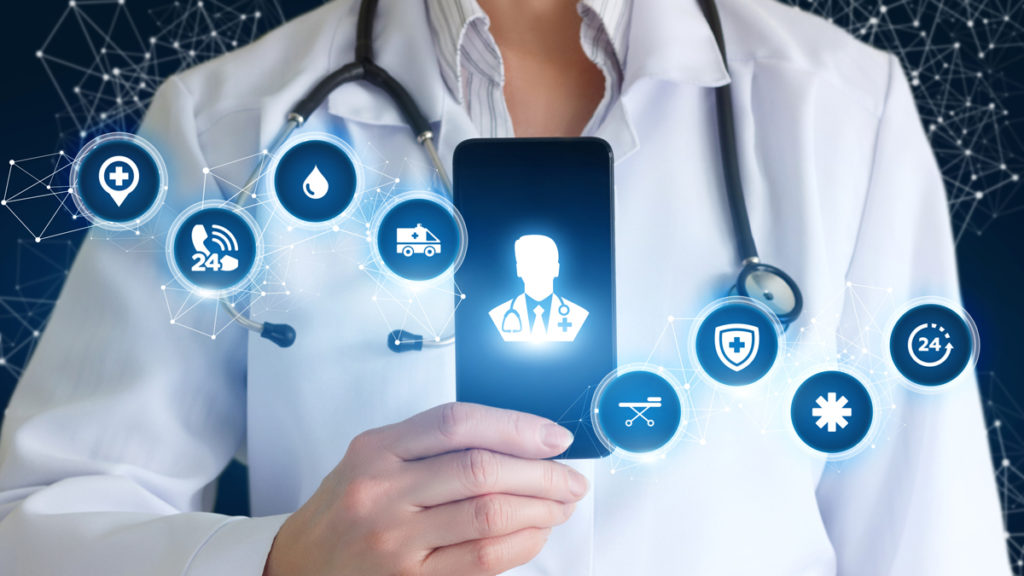The pandemic has caused a considerable rise in the number of people choosing to manage their health from home, and for good reason. With the ongoing NHS staffing crisis and backlog of waiting lists exacerbated by the pandemic, it’s more important than ever for individuals to focus on their health and identify issues before they become serious problems.
With more people looking to better understand their health, the role of health and wellbeing devices helps cater to this demand. This includes empowering people to monitor their health from home without needing to escalate to services like A&E. On top of this, many conditions have no symptoms, so by monitoring overall health, individuals are more likely to notice changes in themselves and, in turn, take necessary steps to improve their health.
In 2021 alone, the wellness market grew by $1.5 trillion, with individuals choosing to focus on their health, fitness, and nutrition from the comfort of their own homes. The technology available to enable this comes in many forms, from intuitive apps to wearable technology. It is these types of connected devices that have made it an ease to manage health remotely.
The role of connected tech
Connected technologies are physical objects that can connect with each other and as well as other systems via the internet. A connected blood pressure monitor, for example, allows the blood pressure monitor to connect to the users mobile phone applications or other health tracking software.
Yet there are many more devices becoming increasingly available to consumers that allow them to monitor anything from blood glucose levels to their blood pressure. This means that rather than booking an appointment with a GP to monitor and track these levels, individuals are able to monitor themselves from home. They are also able to share this data with a healthcare professional in an automated and reliable way through capturing data via an application or online.
Ultimately, this type of technology empowers people to stay on top of their health, and allows for a better understanding of their bodies and vital signs. Being able to monitor your blood pressure from home, for example, enables individuals to take steps to curb any risk associated with high or low blood pressure. If the public are able to utilise clinically validated technology to manage and monitor their health, then pressures on the NHS will reduce.
Health at home in the long-term
The pandemic has highlighted how important it is to understand what good health looks like. Whether that’s related to your heart, lungs or mental health. Knowing when to see a medical professional is important, but utilising technology, which is both widely available and much more affordable than before will be a real gamechanger.
Using technology to manage health must go hand in hand with education. People should know what a healthy blood pressure is for their age range, and whether or not they have a respiratory condition that needs to be treated. Without this knowledge, monitoring remotely and adapting lifestyle changes to combat a low or high blood pressure will be fairly irrelevant. With the confidence and knowledge to do so, it’s likely that more people will choose to use tech themselves to consciously improve their health and that of their families.
– James Grover, Director, Kinetik Wellbeing –
